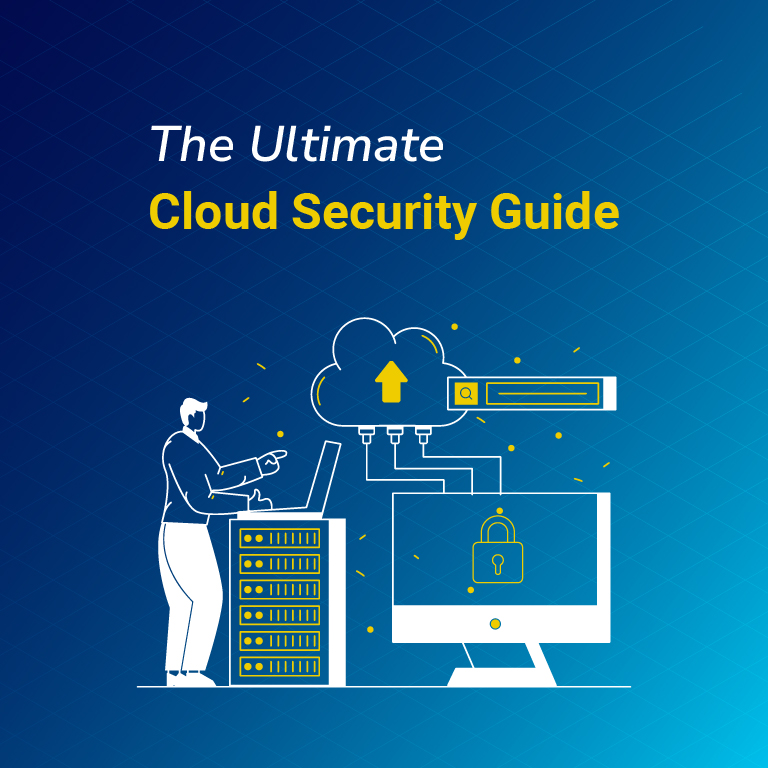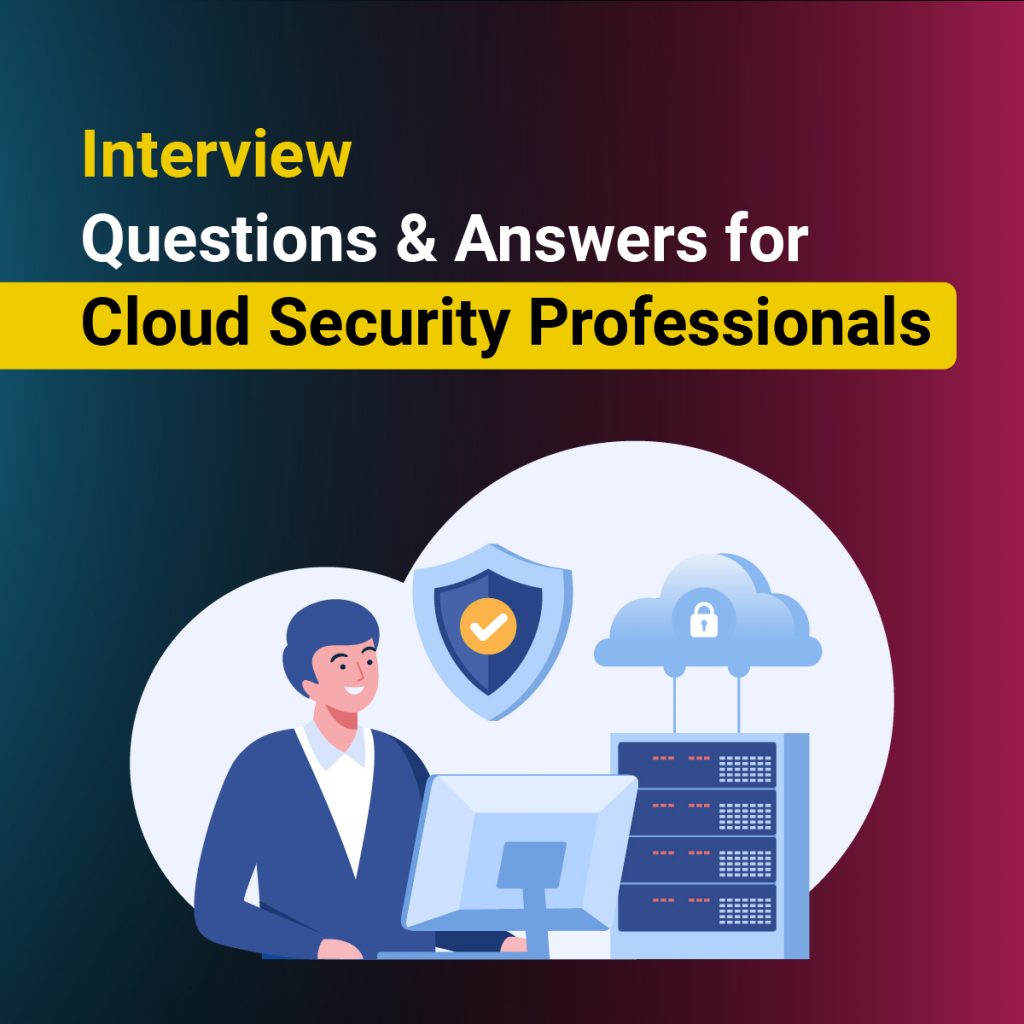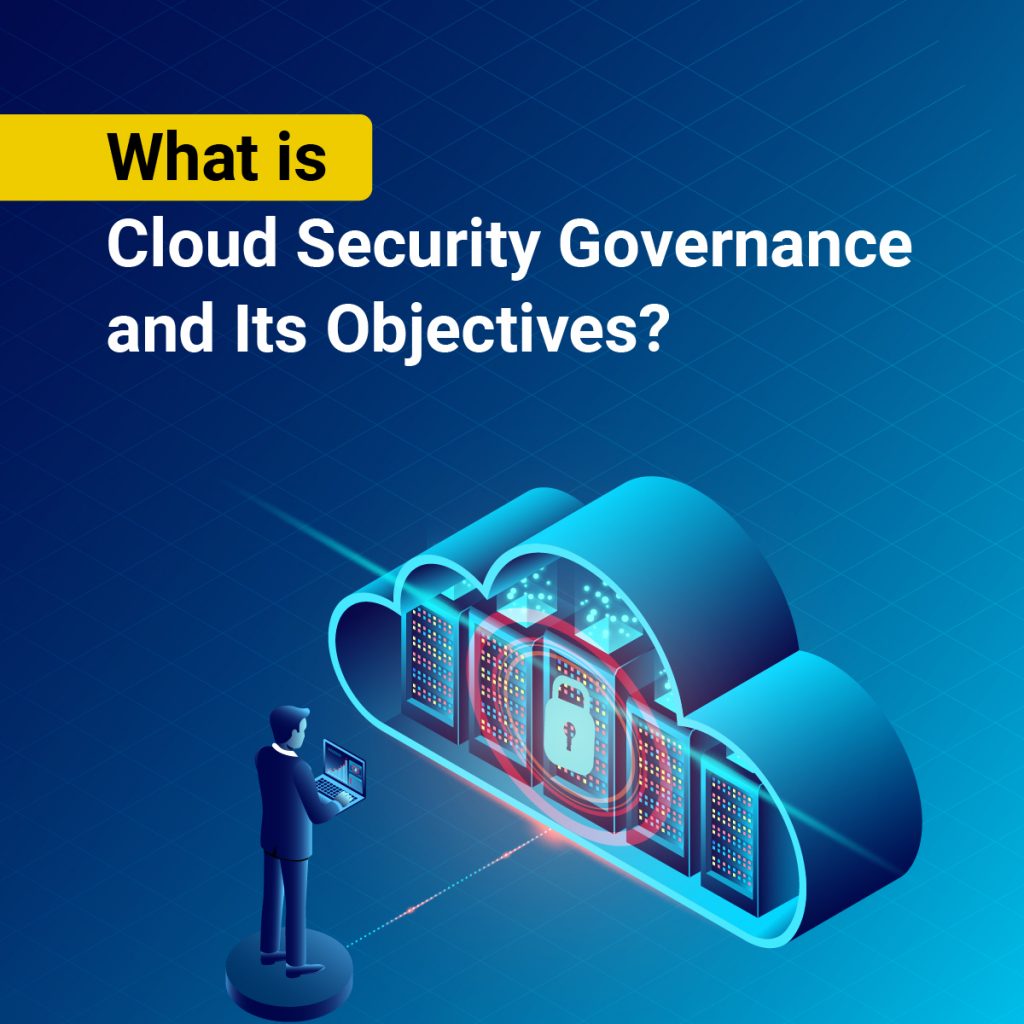Module 1: Mitigate threats using Microsoft Defender for Endpoint
Implement the Microsoft Defender for Endpoint platform to detect, investigate, and respond to advanced threats. Learn how Microsoft Defender for Endpoint can help your organization stay secure. Learn how to deploy the Microsoft Defender for the Endpoint environment, including onboarding devices and configuring security. Learn how to investigate incidents and alerts using Microsoft Defender for Endpoints. Perform advanced hunting and consult with threat experts. You will also learn how to configure automation in Microsoft Defender for Endpoint by managing environmental settings. Lastly, you will learn about your environment’s weaknesses by using Threat and Vulnerability Management in Microsoft Defender for Endpoint.
Lessons
- Protect against threats with Microsoft Defender for Endpoint
- Deploy the Microsoft Defender for Endpoint environment
- Implement Windows 10 security enhancements with Microsoft Defender for Endpoint
- Manage alerts and incidents in Microsoft Defender for Endpoint
- Perform device investigations in Microsoft Defender for Endpoint
- Perform actions on a device using Microsoft Defender for Endpoint
- Perform evidence and entities investigations using Microsoft Defender for Endpoint
- Configure and manage automation using Microsoft Defender for Endpoint
- Configure for alerts and detections in Microsoft Defender for Endpoint
- Utilize Threat and Vulnerability Management in Microsoft Defender for Endpoint
Lab: Mitigate threats using Microsoft Defender for Endpoint
- Deploy Microsoft Defender for Endpoint
- Mitigate Attacks using Defender for Endpoint
Module 2: Mitigate threats using Microsoft 365 Defender
Analyze threat data across domains and rapidly remediate threats with built-in orchestration and automation in Microsoft 365 Defender. Learn about cybersecurity threats and how the new threat protection tools from Microsoft protect your organization’s users, devices, and data. Use the advanced detection and remediation of identity-based threats to protect your Azure Active Directory identities and applications from compromise.
Lessons
- Introduction to threat protection with Microsoft 365
- Mitigate incidents using Microsoft 365 Defender
- Protect your identities with Azure AD Identity Protection
- Remediate risks with Microsoft Defender for Office 365
- Safeguard your environment with Microsoft Defender for Identity
- Secure your cloud apps and services with Microsoft Cloud App Security
- Respond to data loss prevention alerts using Microsoft 365
- Manage insider risk in Microsoft 365
Lab: Mitigate threats using Microsoft 365 Defender
Module 3: Mitigate threats using Azure Defender
Use Azure Defender integrated with Azure Security Center, for Azure, hybrid cloud, and on-premises workload protection and security. Learn the purpose of Azure Defender, Azure Defender’s relationship to Azure Security Center, and how to enable Azure Defender. You will also learn about the protections and detections provided by Azure Defender for each cloud workload. Learn how you can add Azure Defender capabilities to your hybrid environment.
Lessons
- Plan for cloud workload protection using Azure Defender
- Explain cloud workload protections in Azure Defender
- Connect Azure assets to Azure Defender
- Connect non-Azure resources to Azure Defender
- Remediate security alerts using Azure Defender
Lab: Mitigate threats using Azure Defender
- Deploy Azure Defender
- Mitigate Attacks with Azure Defender
Module 4: Create queries for Azure Sentinel using Kusto Query Language (KQL)
Write Kusto Query Language (KQL) statements to query log data to perform detections, analysis, and reporting in Azure Sentinel. This module will focus on the most used operators. The example KQL statements will showcase security-related table queries. KQL is the query language used to perform analysis on data to create analytics, workbooks, and perform hunting in Azure Sentinel. Learn how basic KQL statement structure provides the foundation to build more complex statements. Learn how to summarize and visualize data with a KQL statement provides the foundation to build detections in Azure Sentinel. Learn how to use the Kusto Query Language (KQL) to manipulate string data ingested from log sources.
Lessons
- Construct KQL statements for Azure Sentinel
- Analyze query results using KQL
- Build multi-table statements using KQL
- Work with data in Azure Sentinel using Kusto Query Language
Lab: Create queries for Azure Sentinel using Kusto Query Language (KQL)
- Construct Basic KQL Statements
- Analyze query results using KQL
- Build multi-table statements using KQL
- Work with string data using KQL statements
Module 5: Configure your Azure Sentinel environment
Get started with Azure Sentinel by properly configuring the Azure Sentinel workspace. Traditional security information and event management (SIEM) systems typically take a long time to set up and configure. They’re also not necessarily designed with cloud workloads in mind. Azure Sentinel enables you to start getting valuable security insights from your cloud and on-premises data quickly. This module helps you get started. Learn about the architecture of Azure Sentinel workspaces to ensure you configure your system to meet your organization’s security operations requirements. As a Security Operations Analyst, you must understand the tables, fields, and data ingested in your workspace. Learn how to query the most used data tables in Azure Sentinel.
Lessons
- Introduction to Azure Sentinel
- Create and manage Azure Sentinel workspaces
- Query logs in Azure Sentinel
- Use watchlists in Azure Sentinel
- Utilize threat intelligence in Azure Sentinel
Lab: Configure your Azure Sentinel environment
- Create an Azure Sentinel Workspace
- Create a Watchlist
- Create a Threat Indicator
Module 6: Connect logs to Azure Sentinel
Connect data at cloud scale across all users, devices, applications, and infrastructure, both on-premises and in multiple clouds to Azure Sentinel. The primary approach to connect log data is using the Azure Sentinel-provided data connectors. This module provides an overview of the available data connectors. You will get to learn about the configuration options and data provided by Azure Sentinel connectors for Microsoft 365 Defender.
Lessons
- Connect data to Azure Sentinel using data connectors
- Connect Microsoft services to Azure Sentinel
- Connect Microsoft 365 Defender to Azure Sentinel
- Connect Windows hosts to Azure Sentinel
- Connect Common Event Format logs to Azure Sentinel
- Connect Syslog data sources to Azure Sentinel
- Connect threat indicators to Azure Sentinel
Lab: Connect logs to Azure Sentinel
- Connect Microsoft services to Azure Sentinel
- Connect Windows hosts to Azure Sentinel
- Connect Linux hosts to Azure Sentinel
- Connect Threat intelligence to Azure Sentinel
Module 7: Create detections and perform investigations using Azure Sentinel
Detect previously uncovered threats and rapidly remediate threats with built-in orchestration and automation in Azure Sentinel. You will learn how to create Azure Sentinel playbooks to respond to security threats. You’ll investigate Azure Sentinel incident management, learn about Azure Sentinel events and entities, and discover ways to resolve incidents. You will also learn how to query, visualize, and monitor data in Azure Sentinel.
Lessons
- Threat detection with Azure Sentinel analytics
- Threat response with Azure Sentinel playbooks
- Security incident management in Azure Sentinel
- Use entity behavior analytics in Azure Sentinel
- Query, visualize and monitor data in Azure Sentinel
Lab: Create detections and perform investigations using Azure Sentinel
- Create Analytical Rules
- Model Attacks to Define Rule Logic
- Mitigate Attacks using Azure Sentinel
- Create Workbooks in Azure Sentinel
Module 8: Perform threat hunting in Azure Sentinel
In this module, you’ll learn to proactively identify threat behaviors by using Azure Sentinel queries. You’ll also learn to use bookmarks and Livestream to hunt threats. You will also learn how to use notebooks in Azure Sentinel for advanced hunting.
Lessons
- Threat hunting with Azure Sentinel
- Hunt for threats using notebooks in Azure Sentinel
Lab: Threat hunting in Azure Sentinel
- Threat Hunting in Azure Sentinel
- Threat Hunting using Notebooks
 Read Reviews
Read Reviews





 5th Sep: Weekend
5th Sep: Weekend 




 Thoroughly enjoyed the course and the continuous support from the entire team..
Thoroughly enjoyed the course and the continuous support from the entire team..





 Certified & Experienced Instructors
Certified & Experienced Instructors Post Training Support
Post Training Support Customized Training
Customized Training Flexible Schedule
Flexible Schedule Access to Recorded Sessions
Access to Recorded Sessions 




 1800-843-7890 (India)
1800-843-7890 (India)